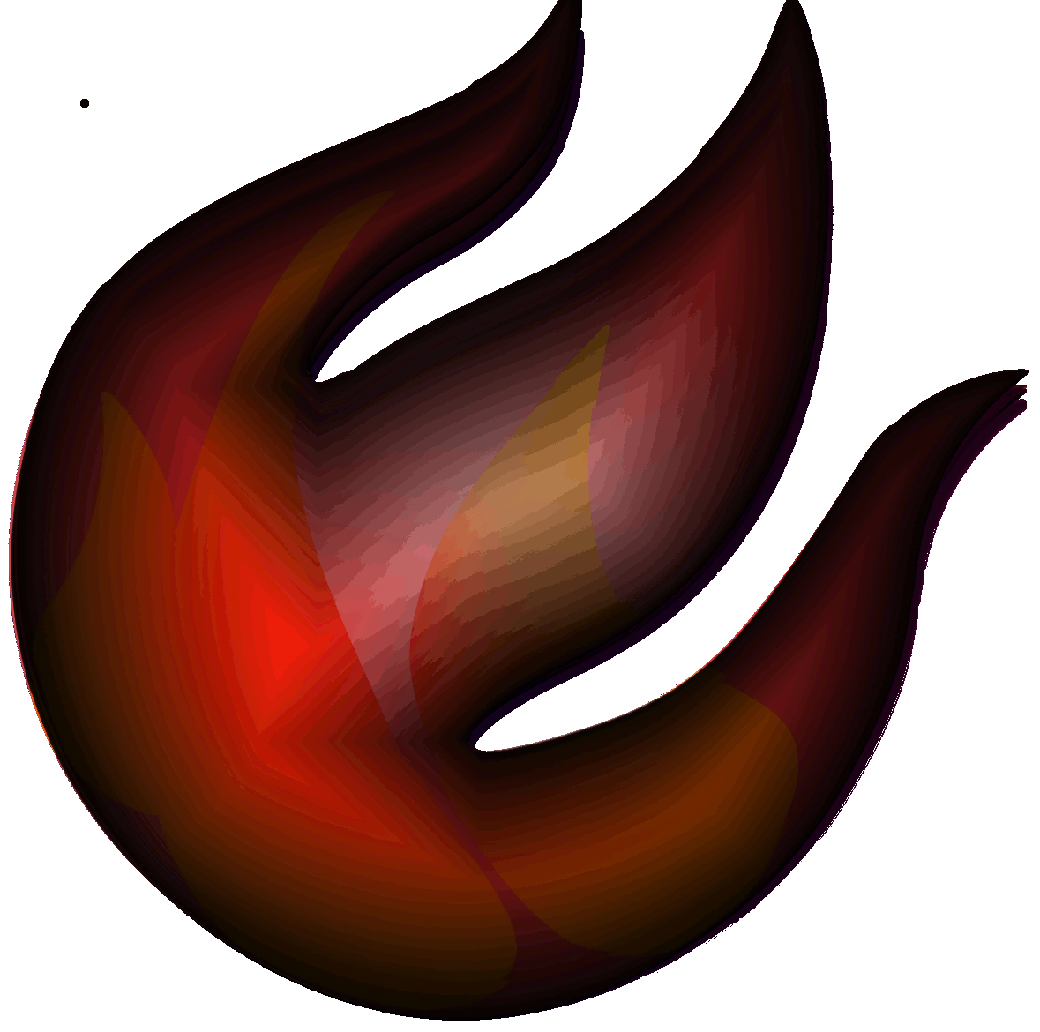Para crear un componente CheckBox en Qt Quick, utilizaremos el componente CheckBox proporcionado por Qt Quick Controls 2:
import QtQuick
import QtQuick.Controls
ApplicationWindow {
visible: true
width: 400
height: 200
title: "Ejemplo de CheckBox"
Column {
spacing: 10
anchors.centerIn: parent
CheckBox {
text: "Habilitar función"
checked: true // Puedes establecer el estado inicial del CheckBox aquí
onClicked: {
// Maneja el evento cuando el CheckBox se hace clic
console.log("CheckBox está marcado:", checked);
}
}
}
}

En este ejemplo, hemos creado un CheckBox dentro de un diseño de columna. El atributo text se utiliza para proporcionar una etiqueta junto al CheckBox. También hemos establecido el atributo checked en true para que el CheckBox esté marcado inicialmente.
El evento onClicked se utiliza para manejar cuando el CheckBox se hace clic. Puedes realizar acciones específicas según el estado del CheckBox.
Un ejemplo más elaborado: Crear, copiar los códigos y ejecutar el proyecto que contiene los 3 archivos siguientes: myObject.h, main.cpp y Main.qml:
myObject.h
#ifndef MYOBJECT_H
#define MYOBJECT_H
#include <QObject>
#include <QQmlContext>
#include <QtQml>
class MyObject : public QObject
{
Q_OBJECT
QML_ELEMENT
Q_PROPERTY(bool new_checkboxState MEMBER m_functionEnabled NOTIFY functionEnabledChanged);
public:
explicit MyObject(QObject *parent = nullptr);
public slots:
void enableFunction();
void disableFunction();
void toggleCheckBox();
signals:
void functionEnabledChanged(bool enabled);
private:
bool m_functionEnabled;
};
#endif // MYOBJECT_H
main.cpp
#include <QGuiApplication>
#include <QQmlApplicationEngine>
#include <QQmlContext>
#include <QDebug>
#include "myObject.h"
MyObject::MyObject(QObject *parent)
: QObject(parent)
{
}
void MyObject::enableFunction() {
m_functionEnabled = true;
qDebug() << "Función habilitada desde QML";
emit functionEnabledChanged(m_functionEnabled);
}
void MyObject::disableFunction() {
m_functionEnabled = false;
qDebug() << "Función deshabilitada desde QML";
emit functionEnabledChanged(m_functionEnabled);
}
void MyObject::toggleCheckBox() {
m_functionEnabled = !m_functionEnabled;
qDebug() << "Estado del CheckBox cambiado desde C++";
emit functionEnabledChanged(m_functionEnabled);
}
int main(int argc, char *argv[])
{
QGuiApplication app(argc, argv);
QQmlApplicationEngine engine;
MyObject myCheckbox;
engine.rootContext()->setContextProperty("myCheckbox", &myCheckbox);
const QUrl url(u"qrc:/qt/qml/MiProyectoQtQuick_3/Main.qml"_qs);
engine.load(url);
if (engine.rootObjects().isEmpty())
return -1;
return app.exec();
}
Main.qml
import QtQuick 2.15
import QtQuick.Controls 2.15
import QtQuick.Controls.Material
import MiProyectoQtQuick_3
ApplicationWindow {
visible: true
width: 400
height: 400
title: "Ejemplo de CheckBox"
CheckBox {
id: checkBox
text: "Habilitar Función"
anchors.centerIn: parent
checked: myCheckbox.new_checkboxState
onCheckedChanged: {
if (checked) {
myCheckbox.enableFunction()
} else {
myCheckbox.disableFunction()
}
}
}
Button {
text: "Cambiar estado desde QML"
anchors {
top: checkBox.bottom
horizontalCenter: parent.horizontalCenter
topMargin: 20
}
onClicked: {
checkBox.checked = !checkBox.checkState
}
}
Button {
text: "Cambiar estado desde C++"
anchors {
top: checkBox.bottom
horizontalCenter: parent.horizontalCenter
topMargin: 80
}
onClicked: {
myCheckbox.toggleCheckBox()
checkBox.checked = myCheckbox.new_checkboxState
console.log(myCheckbox.new_checkboxState)
}
}
}

- El
CheckBoxenMain.qmlestá vinculado al estado delCheckBoxen la instancia deMyObjecta través de la propiedadchecked. - Cuando se marca o desmarca el
CheckBoxen QML, se llama a las funcionesenableFunctionodisableFunctionen la instancia deMyObject, y se emite la señalfunctionEnabledChanged. - El botón “Cambiar estado desde QML” cambia el estado del
CheckBoxen QML directamente. - El botón “Cambiar estado desde C++” llama a
toggleCheckBoxen la instancia deMyObject, lo que cambia el estado delCheckBoxdesde C++ y actualiza elCheckBoxen QML.

I don’t think the title of your article matches the content lol. Just kidding, mainly because I had some doubts after reading the article.